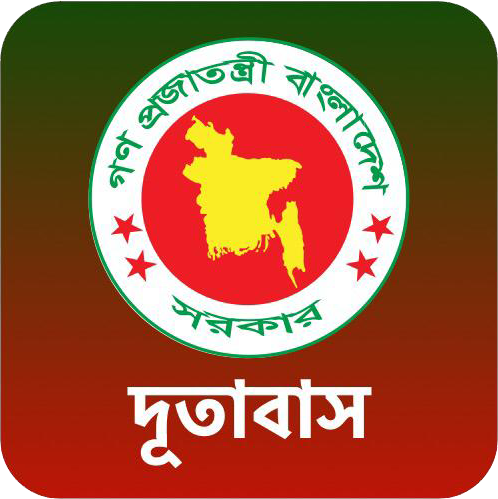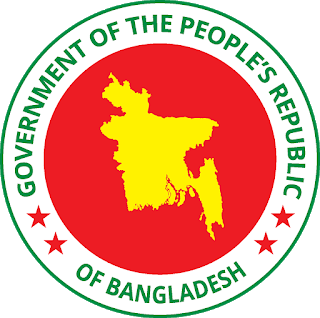The Republic of Seychelles
A long struggle between France and Great Britain for the islands ended in 1814, when they were ceded to the latter. Independence came in 1976. Single-party rule was brought to a close with a new constitution and free elections in 1993. President France-Albert RENE, who had served since 1977, was reelected in 2001, but stepped down in 2004. Vice President James Alix MICHEL took over the presidency and in 2006 was elected to a new five-year term; he was reelected in 2011 and again in 2015. In 2016, James MICHEL resigned and handed over the presidency to his Vice-President Danny FAURE.
Official Name of the Country: The Republic of Seychelles
Capital: Victoria
Geography: This is a smallest African country, containing 155 islands, area: land: 455 sq km
and coastline: 491 km
Chief of state: President Danny FAURE (since 16 October 2016); the president is both chief of state and head of government
Cabinet: Council of Ministers appointed by the president
Climate: Tropical marine; humid; cooler season during southeast monsoon (late May to September); warmer season during northwest monsoon (March to May)
Natural resources: Fish, coconuts (copra), cinnamon trees
Land use: Agricultural land: 6.5% (2011 est.), arable land: 2.2% (2011 est.) forest: 88.5% (2011 est.) other: 5% (2011 est.)
Natural hazards: Lies outside the cyclone belt, so severe storms are rare;
Population: 94,633 (July 2018 est.)
Ethnic groups: predominantly black; mixed French, African, Indian, Chinese, and Arab
Seychelles has no indigenous population and was first permanently settled by a small group of French planters, African slaves, and South Indians in 1770. Seychelles’ modern population is composed of the descendants of French and later British settlers, Africans, and Indian, Chinese, and Middle Eastern traders and is concentrated on three of its 155 islands – the vast majority on Mahe and lesser numbers on Praslin and La Digue.
An increasing number of migrant workers; mainly young men have been coming to Seychelles in recent years to work in the construction and tourism industries. As of 2011, foreign workers made up nearly a quarter of the workforce. Indians are the largest non-Seychellois population representing half of the country’s foreigners followed by Malagasy.
Population growth rate: 0.74% (2018 est.)
Legal system: Mixed legal system of English common law, French civil law, and customary law
Citizenship: No citizenship by birth; Citizenship by descent only: at least one parent must be a citizen of the Seychelles; No dual citizenship recognized; Residency requirement for naturalization: 5 years
Since independence in 1976, per capita output in this Indian Ocean archipelago has expanded to roughly seven times the pre-independence, near-subsistence level, moving the island into the high-income group of countries. Growth has been led by the tourist sector, which directly employs about 26% of the labor force and directly and indirectly accounts for more than 55% of GDP, and by tuna fishing. In recent years, the government has encouraged foreign investment to upgrade hotels and tourism industry services. At the same time, the government has moved to reduce the dependence on tourism by promoting the development of the offshore financial, information, and communication sectors, and renewable energy.
Currency Exchange Rate: 1USD equals 13.6 Seychelles Rupee
GDP (purchasing power parity): $2.75 billion (2017 est.)
GDP (official exchange rate): $1.498 billion (2017 est.) (2017 est.)
GDP - real growth rate: 5.3% (2017 est.)
GDP - per capita (PPP): $29,300 (2017 est.)
Gross national saving: 8.1% of GDP (2017 est.)
GDP - composition, by sector of origin: agriculture: 2.5% (2017 est.); industry: 13.8% (2017 est.); services: 83.7% (2017 est.)
Health expenditures: 3.4% of GDP (2014)
Education expenditures: 3.6% of GDP (2011)
Agriculture - products: coconuts, cinnamon, vanilla, sweet potatoes, cassava (manioc, tapioca), copra, bananas; tuna
Industries: fishing, tourism, beverages
Unemployment rate: 3% (2017 est.)
Exports: $564.8 millions (2017 est.)
Imports: $1.155 billion (2017 est.)
Imports - commodities: machinery and equipment, foodstuffs, petroleum products, chemicals, other manufactured goods
Imports - partners: UAE 13.4%, France 9.4%, Spain 5.7%, South Africa 5% (2017)
Language - The Constitution has prescribed in its article 4 that the national languages of Seychelles shall be Creole, English and French.
Economic Relations- Seychelles has a membership of the following organizations -
COMESA; Economic Partnership Agreement (EPA); Indian Ocean Rim-Association for Regional Cooperation (IOR-ARC); The Indian Ocean Commission (IOC); SADC; and EAC – COMESA – SADC Tripartite Free Trade Area.






